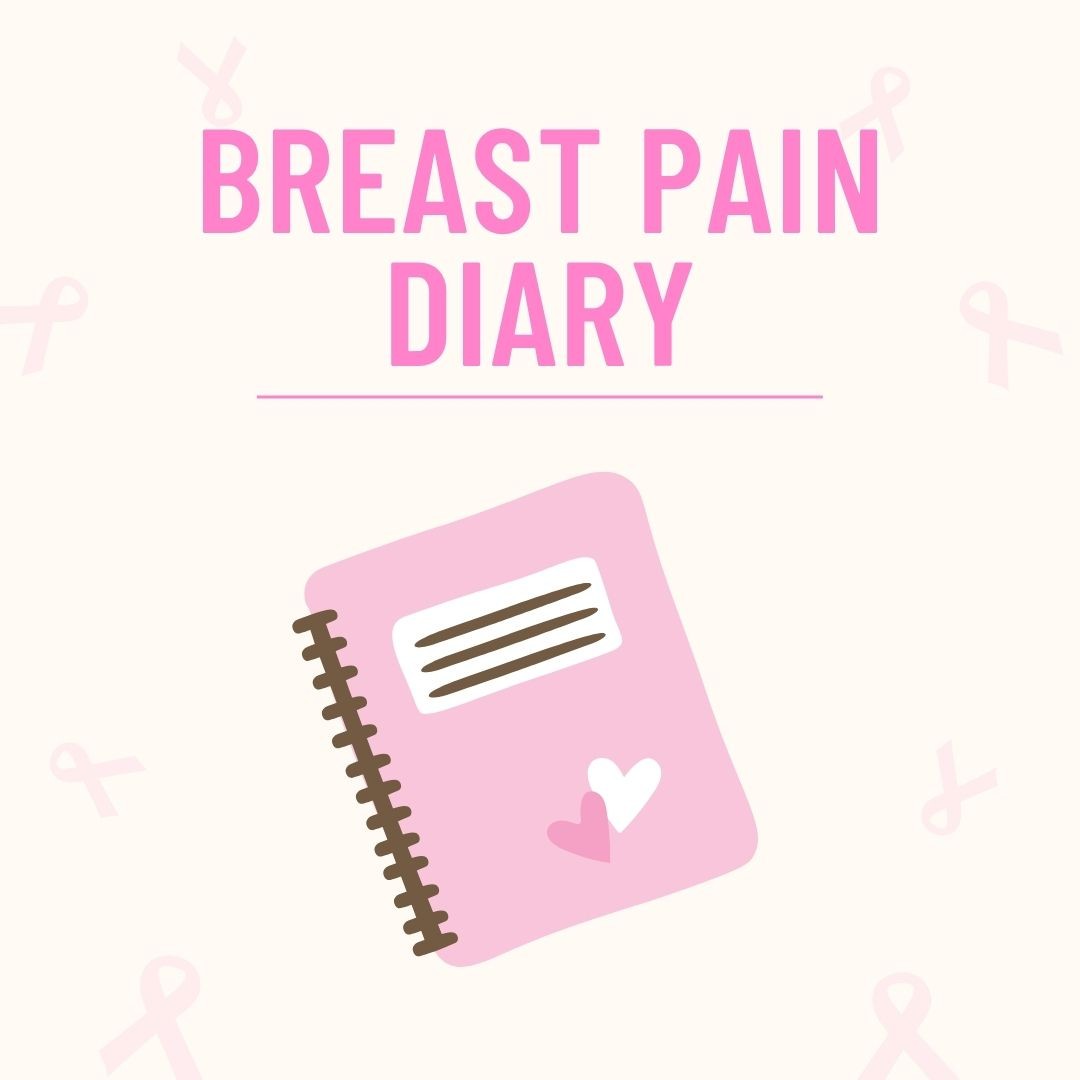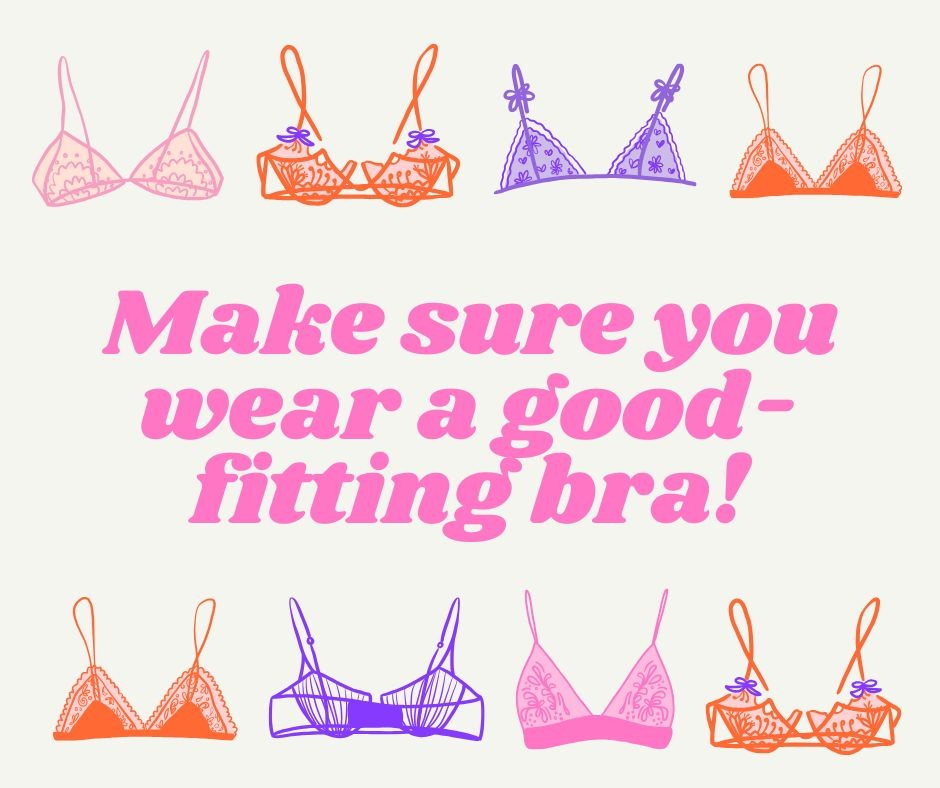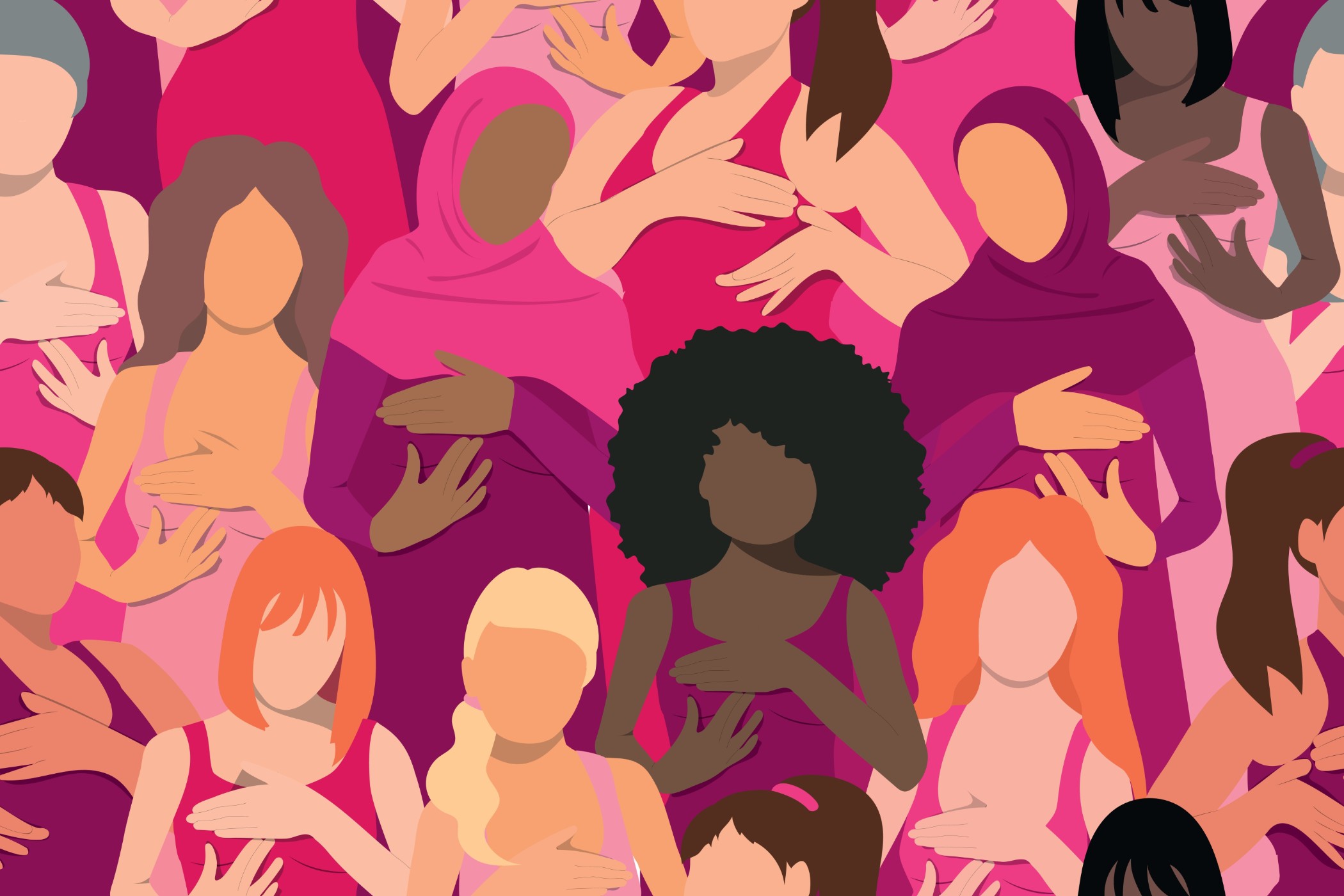Breast pain is incredibly common and can affect women of all ages. While it can be alarming—especially when cancer is a worry—most breast pain is not linked to breast cancer. In fact, having breast pain doesn’t increase your risk of developing cancer.
What causes Breast Pain?
There are a few different types of breast pain, and knowing which one you’re experiencing can help you feel more in control:
1. Cyclical Breast Pain
This type of pain is linked to your menstrual cycle and is the most common form in women in their 20s and 30s. It usually appears a few days to even three weeks before your period and can range from mild tenderness to more intense discomfort.
2. Non-Cyclical Breast Pain
This pain is not related to your menstrual cycle and can occur at any time. It’s more common in women over 30 and may be linked to hormone changes, medications, or even contraceptives like the Mirena coil.
3. Chest Wall Pain
Sometimes what feels like breast pain is actually coming from the chest wall—muscles, joints, or ribs underneath the breast. This type of pain may feel similar but has a different cause.
Should I be worried?
It’s completely normal to feel anxious about breast pain, but rest assured: pain alone is rarely a sign of breast cancer. Once you've had a check-up and your doctor has ruled out any serious concerns, you can begin to focus on ways to manage the discomfort.
Tips for Managing Breast Pain
- Pain relief: Over-the-counter options like paracetamol can help reduce pain.

- Track your symptoms: Keeping a breast pain diary can be helpful. Note when the pain starts, how intense it is, and where you are in your cycle.
- Wear the right bra: A well-fitting, supportive bra can make a big difference. Your breast size can change throughout your cycle, so you may need a different fit at different times of the month.
- Comfort at night: Many women find wearing a soft bra or crop top at night provides extra comfort.
Getting the Right Bra Fit
A properly fitted bra can ease discomfort and provide much-needed support. Visit a department store with an underwear section, where trained fitters can help you find the right size and style for your body.
When to See a Doctor
If you’re unsure about your symptoms or the pain is persistent and affecting your daily life, don’t hesitate to talk to your healthcare provider. Peace of mind is important—and so is your comfort.
Remember: You’re not alone. Breast pain is common, manageable, and, in most cases, not a cause for alarm. With the right support and information, you can take charge of your health and feel better every day.



